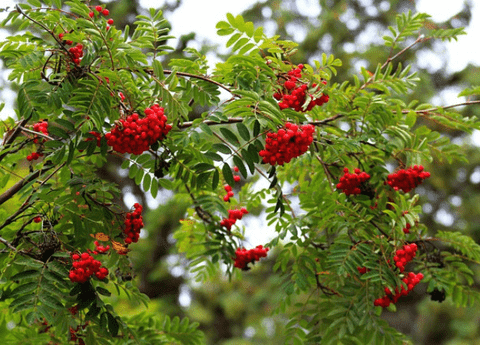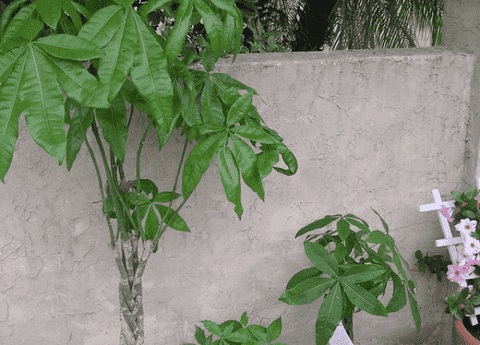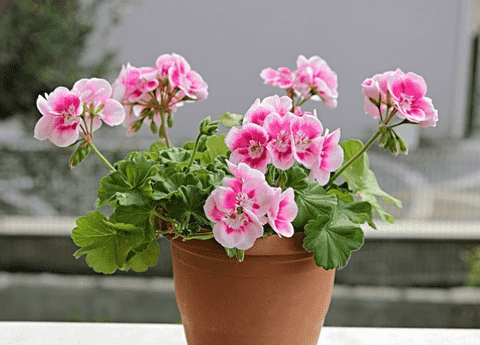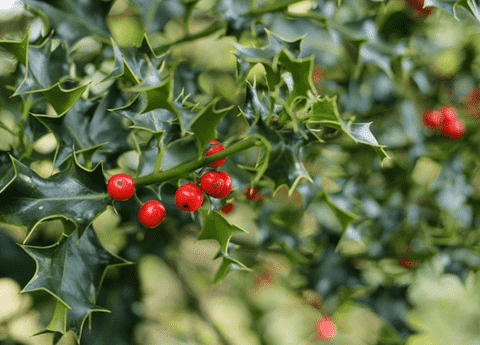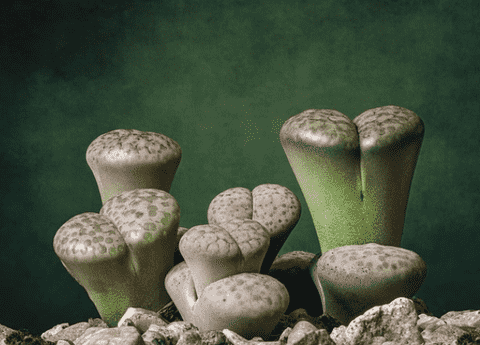Ash Tree Care 101: Best Practices for Healthy and Thriving Trees
Table of Contents
Ash trees, known for their elegance and resilience, are a popular choice among gardeners and landscapers seeking to enhance their outdoor spaces with lush greenery. Growing ash trees successfully requires a solid understanding of their specific needs, from the initial planting phase to ongoing maintenance. Whether you’re a seasoned gardener or a novice homeowner eager to add these magnificent trees to your landscape, this guide will provide essential insights into ash tree care. We’ll delve into the best practices for ash tree maintenance, offering a comprehensive tree planting guide to ensure your ash trees flourish. Let’s explore the fundamental steps to nurture these trees and keep them thriving for years to come.
Understanding Ash Tree Care
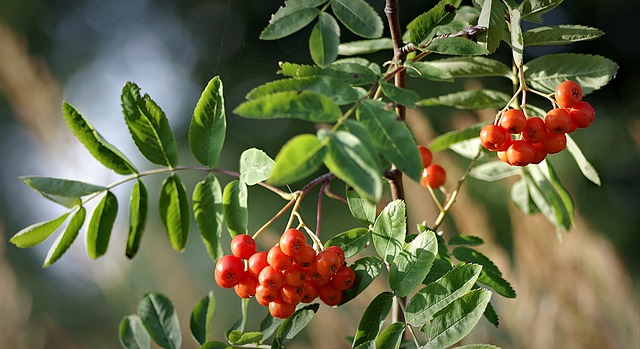
Essential Ash Tree Maintenance
Proper ash tree maintenance is crucial for their health and longevity. Begin with regular watering, particularly during the first few years after planting, to establish a strong root system. It’s advisable to water deeply but infrequently, allowing the soil to dry slightly between sessions. Pruning is another essential aspect of maintenance. Trim dead or diseased branches to prevent the spread of pests and diseases. Additionally, consider shaping the tree during its dormant season to promote healthy growth. Fertilization can also support growth; apply a balanced fertilizer in early spring before new growth appears. Applying mulch around the base of the tree helps conserve moisture and maintain consistent soil temperature. Finally, monitor the tree regularly for signs of pests or disease, such as discolored leaves or unusual growths, and address issues promptly with appropriate treatments. Consistent care will keep your ash trees robust and thriving.
Recognizing Healthy Growth Patterns
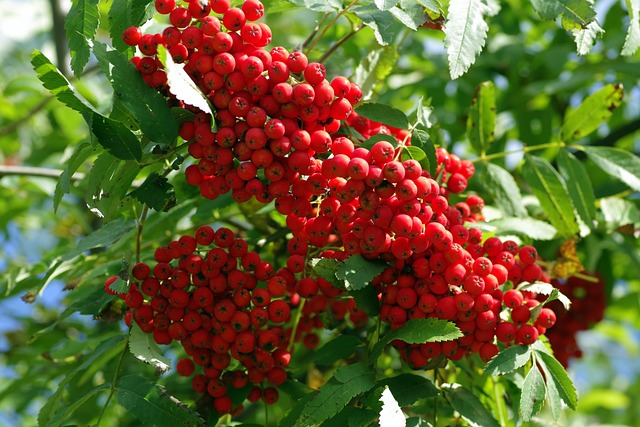
Observing healthy growth patterns in ash trees is vital for ensuring they thrive. A healthy ash tree typically exhibits vibrant green leaves with no signs of discoloration or wilting. Strong, flexible branches that resist breaking under slight pressure indicate good health. During the growing season, you should notice a consistent increase in the tree’s height and spread, a sign that it is developing appropriately. The bark of a healthy ash tree should appear firm and free from large cracks or lesions. New growth at the tips of branches each year is another positive indicator. Additionally, watch for root flare at the base of the trunk, where the roots spread out into the soil, as this suggests a well-established root system. Regularly inspecting these aspects helps you identify any deviations from the norm, enabling early intervention if necessary to maintain the tree’s health.
Common Challenges in Ash Tree Care
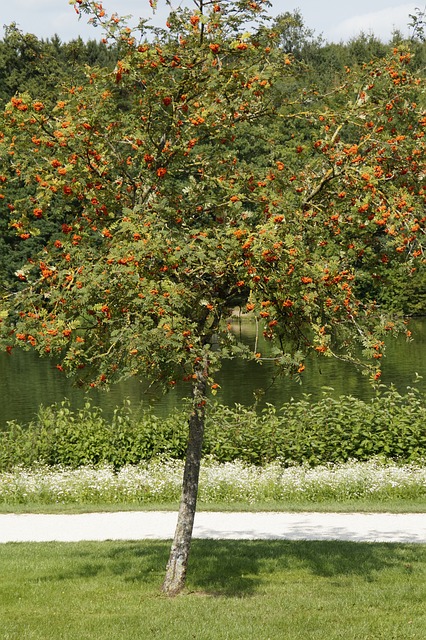
Caring for ash trees can present several challenges, often due to pests and diseases. One of the most significant threats is the emerald ash borer, an invasive beetle that can devastate ash populations. Early detection through regular inspection of the bark for signs of tunneling is crucial for managing this pest. Additionally, ash trees are susceptible to fungal infections like ash dieback, which causes leaf loss and branch dieback. Keeping the tree healthy through proper watering and pruning can help mitigate these risks. Environmental stressors such as drought or extreme temperatures can also affect ash trees, leading to stunted growth or leaf scorch. To combat these issues, ensure the tree is planted in a location with suitable soil and adequate sunlight. Lastly, mechanical damage from lawn equipment can harm the tree’s bark, so maintain a protective mulch barrier around the base. Proactive care and monitoring can minimize these challenges.
Growing Ash Trees Successfully
Tree Planting Guide Essentials
Planting ash trees correctly is the first step toward successful growth. Start by selecting a suitable planting site with well-draining soil and ample sunlight, as ash trees flourish in bright, open spaces. Dig a hole that is twice as wide as the root ball and just as deep, ensuring the roots have enough room to spread without being cramped. Position the tree in the hole, making sure the root flare is level with the surrounding ground. Gently backfill with soil, patting it down firmly to eliminate air pockets. Water deeply to help the soil settle around the roots. Applying a layer of mulch around the base of the tree helps retain soil moisture and minimize weed growth. Finally, support young trees with stakes if necessary to protect against strong winds. Following these tree planting guide essentials lays a solid foundation for your ash trees to grow and thrive.
Soil and Watering Best Practices

The right soil and watering techniques are vital for growing ash trees successfully. Ash trees prefer loamy, well-drained soil that holds moisture without becoming waterlogged. Testing your soil’s pH level is beneficial; ash trees thrive in slightly acidic to neutral soil, with a pH between 6.0 and 7.5. Amend the soil with organic matter, such as compost, to improve drainage and nutrient content if necessary.Consistency is crucial when it comes to watering. Newly planted ash trees need regular watering to establish deep roots—aim to water them deeply once a week, increasing the frequency during dry periods. Mature trees are more drought-tolerant but still benefit from watering during prolonged dry spells. Always water at the base of the tree to avoid wetting the foliage, which can lead to disease. Monitoring soil moisture levels and adjusting your watering schedule accordingly can promote healthy growth and longevity.
Seasonal Care for Thriving Trees
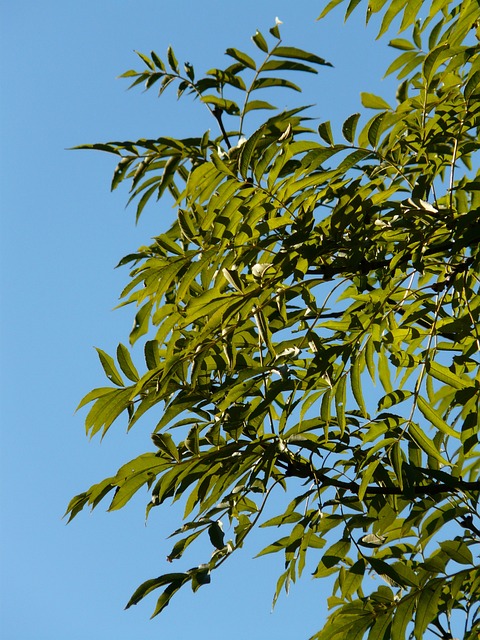
Seasonal care is essential to keep ash trees thriving throughout the year. In spring, inspect trees for pest infestations and apply insecticidal treatments if necessary. This is also the time to fertilize with a balanced mix to support vigorous growth. During summer, maintain a consistent watering routine, especially in dry climates, to prevent stress from heat and drought. Monitor the leaves for any signs of disease or nutrient deficiencies. In autumn, focus on pruning dead or diseased branches to prepare the tree for winter dormancy. Mulching the base can protect roots from harsh winter temperatures. As winter approaches, ensure that the tree is well-hydrated to withstand cold stress. Periodically check for ice or snow damage and remove any accumulations from branches to reduce breakage risk. By addressing these seasonal needs, you can promote a healthy, robust environment that supports the growth and vitality of your ash trees year-round.

